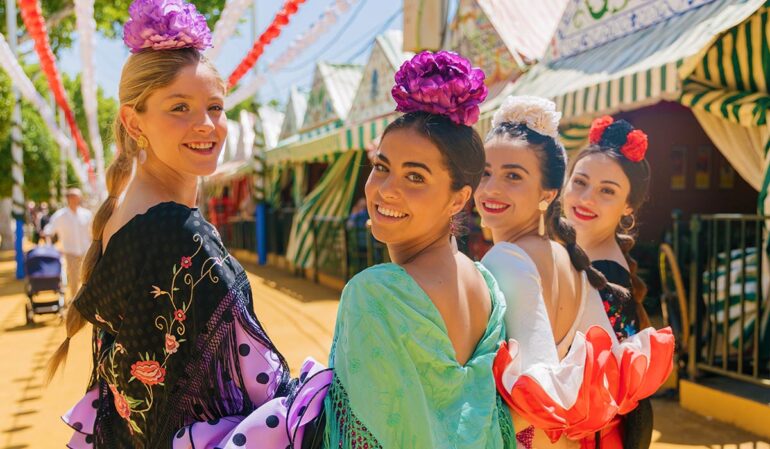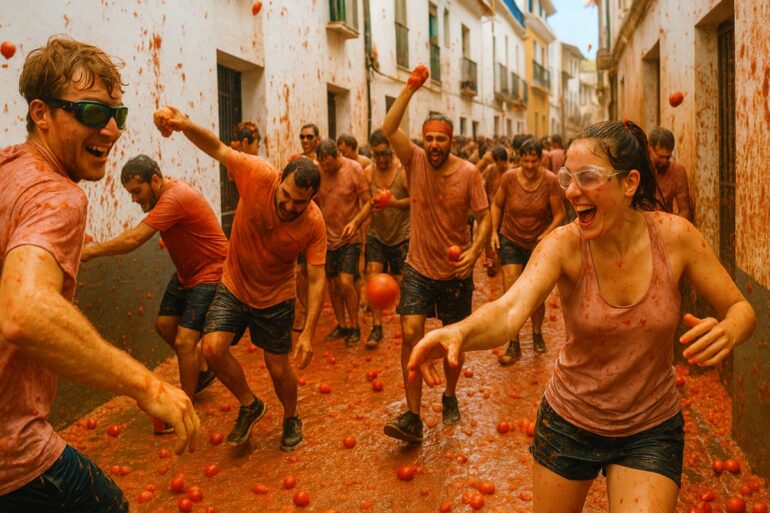Listeners:
Top listeners:
00:00
00:00
volume_up
chevron_left
-
 play_arrow
play_arrow
Costa Blanca Radio The Sound Of The Costa
-
 play_arrow
play_arrow
FeelGood Radio The Sound Of The Costa
music_note
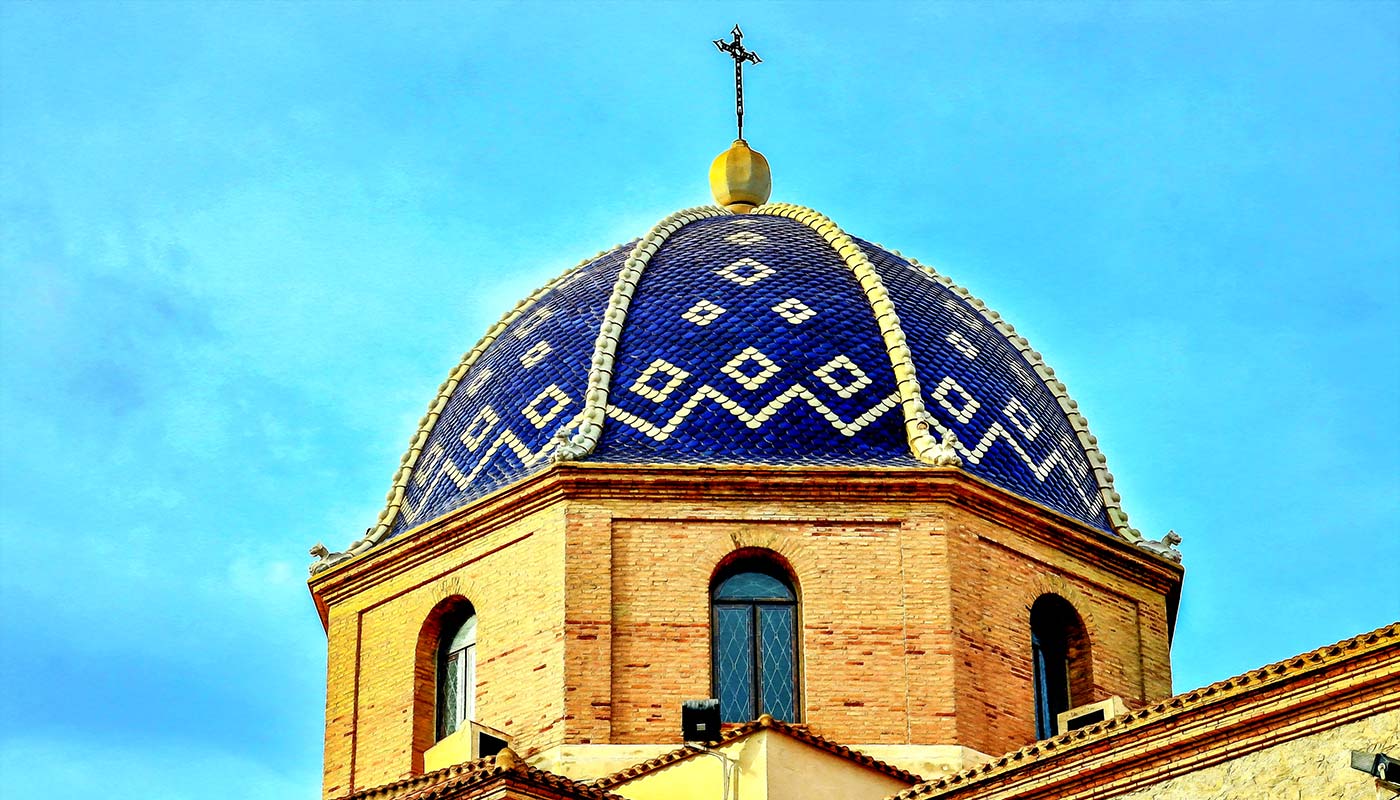
share
close
If you, like me, often find yourself wandering around the Costa Blanca, you’ve probably noticed them too: those charming whitewashed villages with, towering above them all… a striking blue dome. One of those features that makes you think: who ever decided that was a good idea? And why do you see so many of them here? So, here it is: the story of the blue domes of the Costa Blanca.
The first time I truly noticed one was in Altea. I was standing in the church square, having just ordered a café con leche, when the midday light hit the glossy blue tiles of the church dome. It was as if someone had switched on a spotlight aimed at the sky. It’s known as “the blue dome of Altea” — though to me, it looked more like a sacred porcelain teapot (though I’d never dare say that out loud to a local).
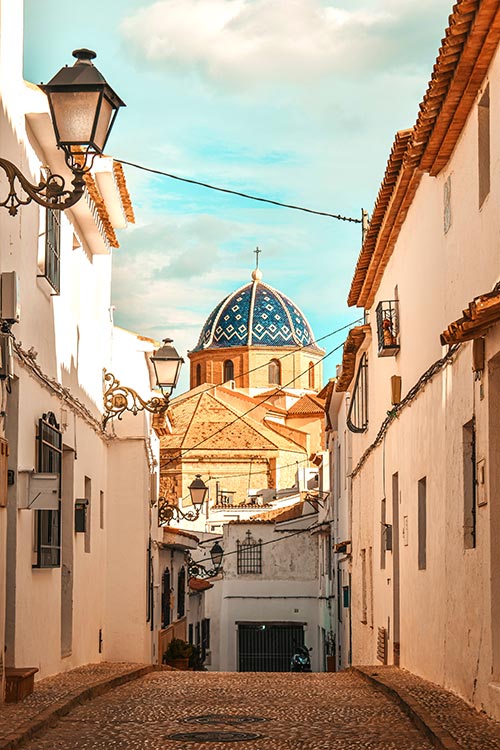 Where do the blue domes of the Costa Blanca come from?
Where do the blue domes of the Costa Blanca come from?
There isn’t one clear-cut explanation, but two main theories. One is practical, the other poetic — so let’s start with the poetry. In many Mediterranean cultures, the colour blue is seen as a form of protection against evil. It keeps bad spirits out — or in this case: out of the church. That’s why you’ll find blue rooftops and accents not only in Spain, but also in Morocco and Greece.
The more technical explanation is simple: the sun. The glazed blue roof tiles — tejas vidriadas azules — reflect sunlight in a way that helps keep the interior cool and makes the church visible from afar. A kind of heavenly GPS, long before satellites. Especially in the 18th and 19th centuries, when many of these churches were rebuilt or renovated, these glossy ceramic tiles became a popular way to combine style with visibility.
Moorish influences? Hmm, maybe not at first glance. But then again — absolutely.
Are these domes a remnant of the Moors? Not directly. But like so many things in Spain, the answer is “no — and yet, yes.” The love of ceramics, the use of glazed tiles, and even the preference for rounded, eye-catching roofs… all of it has been heavily influenced by Islamic architecture, which dominated this region for centuries.
You could see it as a kind of aesthetic inheritance. After the Reconquista — the Christian reconquest of Spain from the Moors by kings like Jaume I — many mosques were converted into churches, and architects often kept elements that already worked. Why change something that was both beautiful and functional?
Where should you go for the most beautiful domes?
In addition to Altea, with its iconic Iglesia de Nuestra Señora del Consuelo, you’ll find impressive blue domes in places such as:
-
Jávea, at the San Bartolomé church
-
Villajoyosa, tucked away in the old town center
-
Orihuela, where baroque meets blue in perfect harmony
-
En zelfs in Benissa, met een iets meer bescheiden maar niet minder fotogenieke versie
The best ones? You often stumble upon them by accident, just when you were only planning to grab an ice cream.
What do I personally love about them?
Maybe it’s the contrast. That intense blue above the whitewashed walls, the yellow of the orange trees beside it, the pink bougainvillea climbing up the square. These are the colours of Spanish life, captured in ceramic and lime. And while tourists are busy asking where the beach is, I’m sitting on a low wall with my notebook, gazing at yet another blue dome, thinking:
It’s always a bit ironic: a military campaign to restore Christianity, and yet centuries later, those very churches shine with glazed tiles and architectural flair that seem lifted straight from the Moorish legacy.
Written by: Eva van Rijn
Blue church domes Costa Blanca heritage Cúpulas azules Mediterranean architecture Moorish influences Spanish church architecture Viva Cultura
Rate it
Similar posts
Search
Latest news

Cocina pobre: what Spain’s humbler kitchens teach us about flavour and sustainability

Feria de Málaga: Andalusia in full bloom
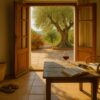
Summer cleaning in Spain comes too soon: why your home can live with sand, sweat and sunscreen a little longer

Tomatina in Buñol: Spain’s reddest festival
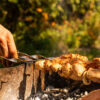
The taste of summer evenings: cooking with fire on the Costa Blanca
-
Recent Posts
- Cocina pobre: what Spain’s humbler kitchens teach us about flavour and sustainability
- Feria de Málaga: Andalusia in full bloom
- Summer cleaning in Spain comes too soon: why your home can live with sand, sweat and sunscreen a little longer
- Tomatina in Buñol: Spain’s reddest festival
- The taste of summer evenings: cooking with fire on the Costa Blanca
© 2025 The Sound Of The Costa; All Rights Reserved

